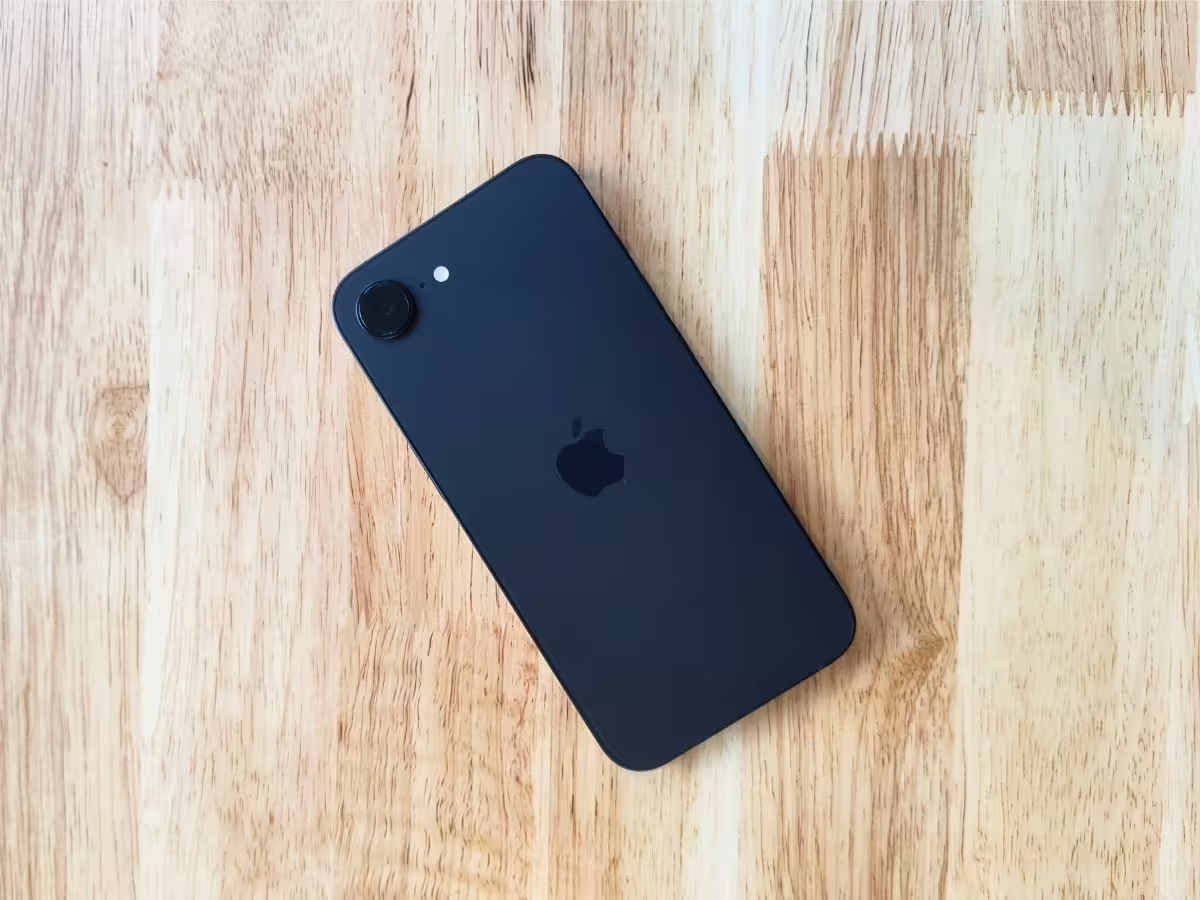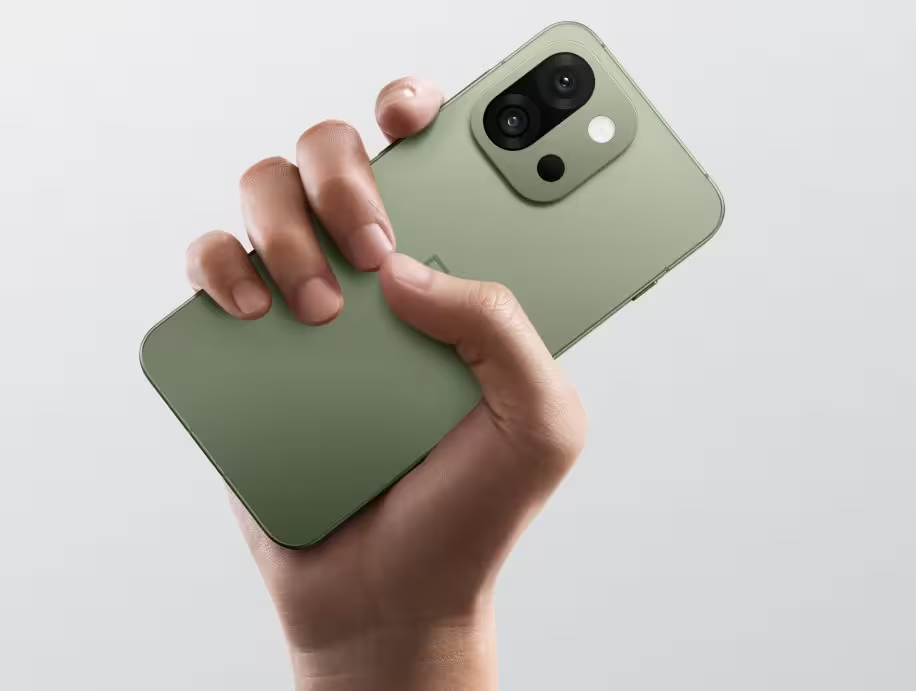5 Minutes
With Apple’s introduction of the iPhone 16e, tech enthusiasts were finally given a more budget-friendly entry point into the iPhone lineup for 2024. However, it didn’t take long for OnePlus to raise the bar with the launch of the OnePlus 13s—a device that is redefining what users can expect from an affordable flagship smartphone. Here’s a comprehensive look at why the OnePlus 13s emerges as a standout alternative over the iPhone 16e, especially for users seeking cutting-edge technology, superior features, and real value for money.
Display: A Superior Visual Experience
The OnePlus 13s makes a bold statement in the display department. Boasting a generous 6.32-inch OLED panel with a stunning 1.5K resolution, the 13s delivers ultra-crisp visuals. Its 1600 nits peak brightness, Dolby Vision support, and a 1-120Hz adaptive refresh rate—courtesy of advanced LTPO technology—set it apart from the competition. This combination means the OnePlus 13s provides buttery-smooth animations, vibrant colors, and effortless navigation across all your favorite apps and games.
In contrast, the iPhone 16e features a smaller 6.1-inch OLED display with FHD+ resolution, a maximum brightness of 1200 nits, and, notably, just a standard 60Hz refresh rate. In a market where even mid-range Android devices now feature higher refresh rates, the iPhone 16e’s screen can feel outdated, especially for users who crave fluidity in their digital experiences.

Camera System: Versatility Over Limitation
When it comes to smartphone photography, the OnePlus 13s stands out with its dual rear cameras—a 50MP primary sensor and a 50MP telephoto lens offering true 2x optical zoom. This advanced set-up captures crisp, detailed photos and enables users to shoot from a distance with optical clarity, not just digital cropping. On the front, the 13s impresses with a 32MP selfie camera equipped with autofocus, ensuring sharp, detailed self-portraits for social media or video calls.
The iPhone 16e, however, is limited to a single 48MP rear camera. While Apple touts features like ‘optical-quality’ 2x zoom via digital cropping, it doesn’t match the versatility or true optical performance of the OnePlus 13s. The front-facing 12MP selfie camera lacks the higher resolution and advanced focusing capabilities of its rival.
Battery and Charging: Power That Lasts
The OnePlus 13s redefines battery expectations in compact flagships, packing a massive 5,850mAh battery—one of the largest in the premium smartphone market. It also supports blazing-fast 80W wired charging, ensuring you spend less time plugged in and more time on the go.
The iPhone 16e, meanwhile, is expected to house a 4,005mAh battery and supports up to 20W wired charging. For busy users or mobile gamers, the OnePlus 13s’s extended battery life and ultra-fast charging speeds make it the smarter pick, reducing downtime and boosting productivity.

Pricing and Value: More for Less
Value for money is more crucial than ever in 2024’s smartphone market. The iPhone 16e starts at $599 (or 59,999 INR) for the 128GB variant. By contrast, the OnePlus 13s comes in at a lower price point of 54,999 INR—while also offering double the storage at 256GB. Unless you’re deeply committed to the Apple ecosystem, the OnePlus 13s presents a more compelling value proposition, delivering flagship-tier features without the premium price tag.
Market Impact and Use Cases
The OnePlus 13s is poised to shake up the global premium smartphone sector, catering to power users, mobile photographers, gamers, and professionals alike. Its display, performance, camera versatility, and battery endurance make it ideal for both productivity and entertainment, ensuring users stay ahead in a competitive digital landscape.
Conclusion
In 2024, the OnePlus 13s firmly establishes itself as a top choice for those seeking a future-ready smartphone with no compromise on features or value. If you’re on the fence between the OnePlus 13s and the iPhone 16e, the smart money is on OnePlus—delivering more innovation, power, and performance for your investment.


Leave a Comment